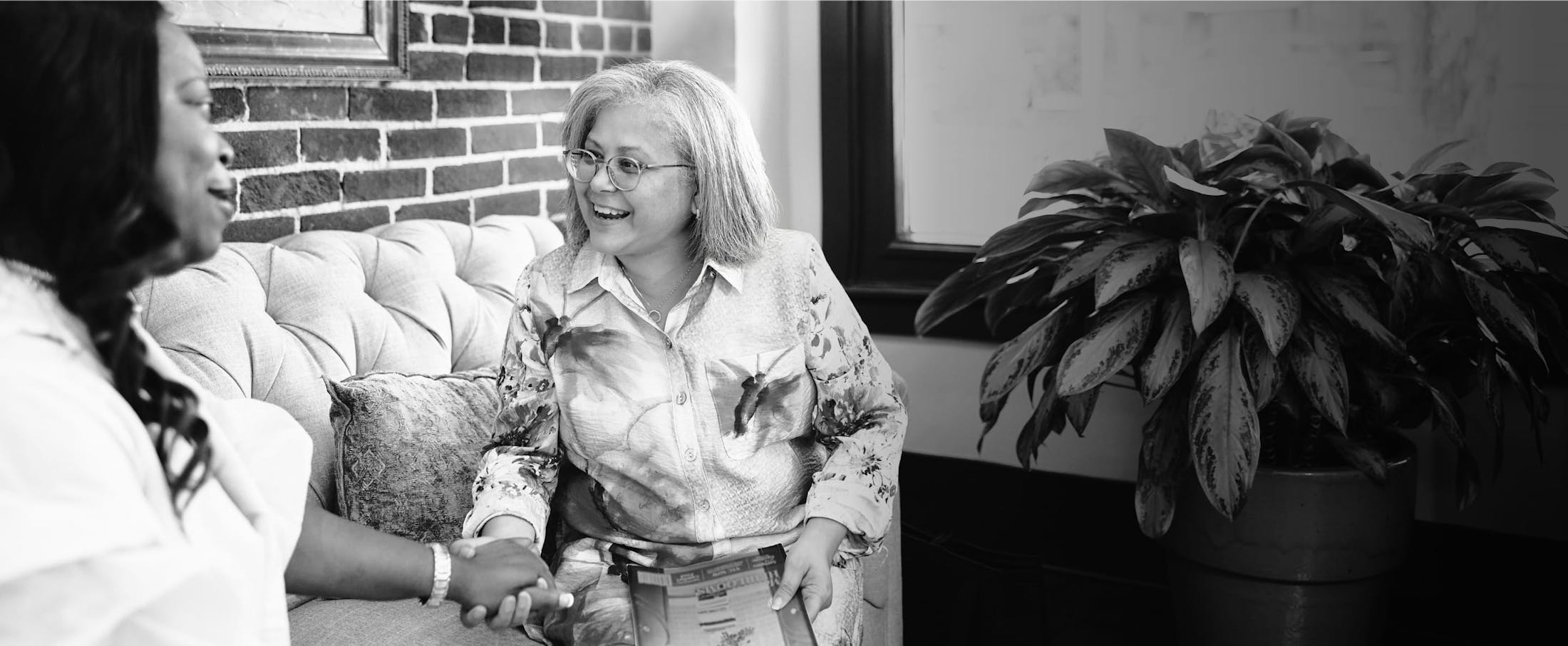Multi-District Litigation (“MDL”) is a type of legal proceeding that causes much confusion among attorneys and clients. This sometimes complicated type of litigation is used to transfer similar cases filed against the same defendant to one federal district court. The purpose behind MDL litigation is to allow for quicker and more efficient resolutions of related cases in which a defendant has harmed numerous plaintiffs. The plaintiffs must suffer similar injuries but do not all have to accept the same resolution. Some examples of cases involved in MDL proceedings are drugs, medical devices, airplane crashes, securities fraud, employment practices, etc. In short, the goal of the MDL is to provide consistent court rulings, conserve resources, and expedite an outcome.
The United States Judicial Panel on Multidistrict Litigation decides when multiple lawsuits should be combined to form a MDL. Seven members, who are appointed by the chief justice of the Supreme Court of the United States, sit on the panel. Once the panel is in agreement that a MDL should be created, they must select an appropriate judicial district to handle the litigation. Since there are no statutory guidelines to help determine what district, the panel will consider a variety of factors. They may look at the judicial district based in relation to the residences of the parties, the scene of a disaster, business headquarters of the parties, and accessibility of the court. Counsel for both parties will try to influence the Panel by proposing a specific transferee court. Once the judicial district is determined, cases filed in other federal districts are transferred and consolidated into one single court. Any cases filed after this occurrence can still be transferred to the district. These are called “tag-along” cases.
Schedule a Free Legal Consultation Contact Us
Now that the MDL has been established, a federal judge within the district presides over all of the pretrial motions, discovery proceedings, settlement conferences, etc. Most often, a steering committee is formed by the plaintiff attorneys to help manage the discovery and litigation. These are referred to as Plaintiff’s Steering Committees or “PSC.” The PSC will supervise and delegate to other lawyers and paralegals different aspects of the litigation. This may be reviewing documents, taking depositions, research, writing briefs, etc. Usually an assessment is charged to each gross recovery to compensate those who performed “common benefit work.”
In recent years, MDL courts have used bellwether trials to help evaluate the merits of other cases in the same litigation. These trials are used by both parties to gauge the outcome in future cases within the same litigation. Both sides get to see what evidence the other has, how a judge may rule on certain issues, and how much juries are awarding plaintiffs. This can all be used to help facilitate settlements with the remaining cases or allow the plaintiffs to determine if it is worth continuing their induvial cases. Overall this can help accelerate the MDL process. If the cases are never settled, they will be transferred back to the court that had original jurisdiction. This rarely happens as cases are either settled or terminated before this point.

